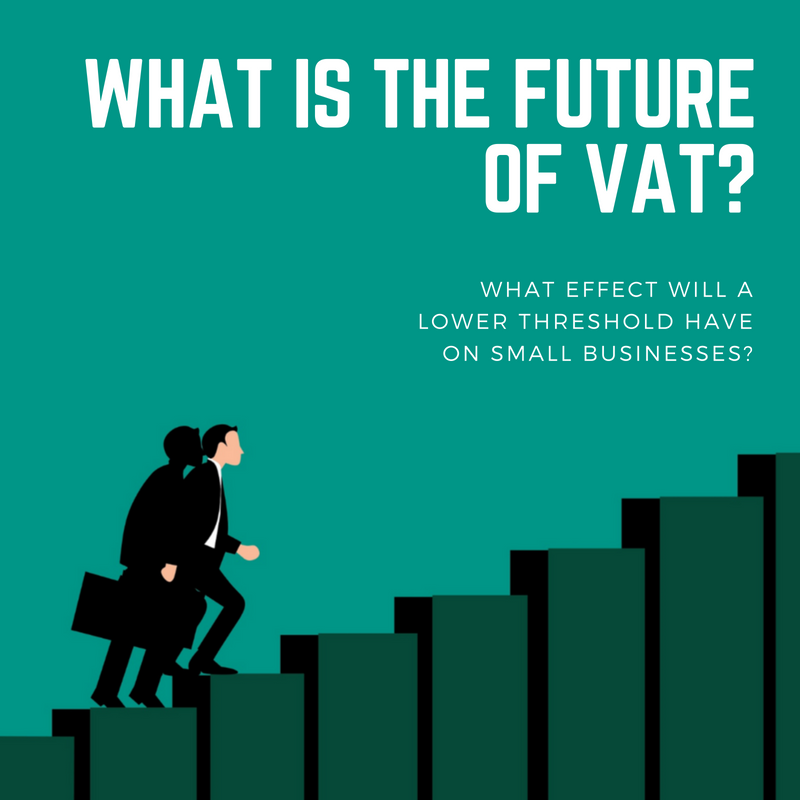The UK at the moment is seeing many changes affecting businesses, from the confusion of Brexit to the implementation of Making Tax Digital. Now there are more changes on the way for businesses. HM Treasury has opened a consultation on lowering the VAT threshold after evidence shows that the current threshold deters some small businesses just under the threshold from expanding.
What effect does the current VAT threshold have on businesses?
Currently 3.5 million businesses have a turnover below the current VAT threshold with only 1 million of those voluntarily registered while not liable for VAT. It is believed that around 20% of the 2.5 million un-registered businesses artificially restrict their turnover, the government believes this could be more. Compared to other countries in the EU or OECD, the UK VAT threshold is more than double the average (£29,000) which leads to a big distortion in terms of competition. At the moment businesses operating just above the threshold are at a disadvantage compared to small businesses operating just below it, which limits the growth for those larger businesses.
Why change it?
The chancellor in his last statement committed to leaving the threshold at £85,000 until 2020 so as to not overwhelm businesses while MTD for VAT is implemented next year and, if negotiations stay on track, Britain will have left the EU. It is not likely that the threshold will rise as the exemption means the government is already losing out on tax contributions.
The government argues that lowering the VAT threshold would help tax authorities police the black economy, as well as increasing the tax take. Currently there is a worry that the threshold level encourages off-the-record activity and falsifying of turnover by businesses and instead the government aims to encourage a positive attitude to growing businesses which will do better in the long run.
What are the options?
The changes to the VAT regime will be complex, practically and politically. So what options are available to HMRC?
- An extended first period has been suggested by the Office of Tax Simplification, for businesses to account and pay VAT, to 6 months. After this regular VAT reporting would be brought in gradually.
- There is also discussion of whether HMRC could implement a similar system to that in Finland, where the VAT rate is gradually increased in line with the businesses turnover, which would soften the blow and prevent the cliff-edge nature of the current threshold.
- A final option would be an extension of the current UK flat rate scheme, where a business can agree on a flat rate of tax on it’s income once it reaches the threshold.
There is concern that the consultation will increase the red tape for smaller businesses and may act as a deterrent. Many argue that the current threshold lifts the burden off smaller businesses and start-ups who would need to absorb the costs of VAT payments or pass the cost on to customers if the threshold was lower.
If you would like further details on this or would like to get involved in the discussion, then follow the link to have your say: http://bit.ly/2O1ztR9 or contact us for more information.




